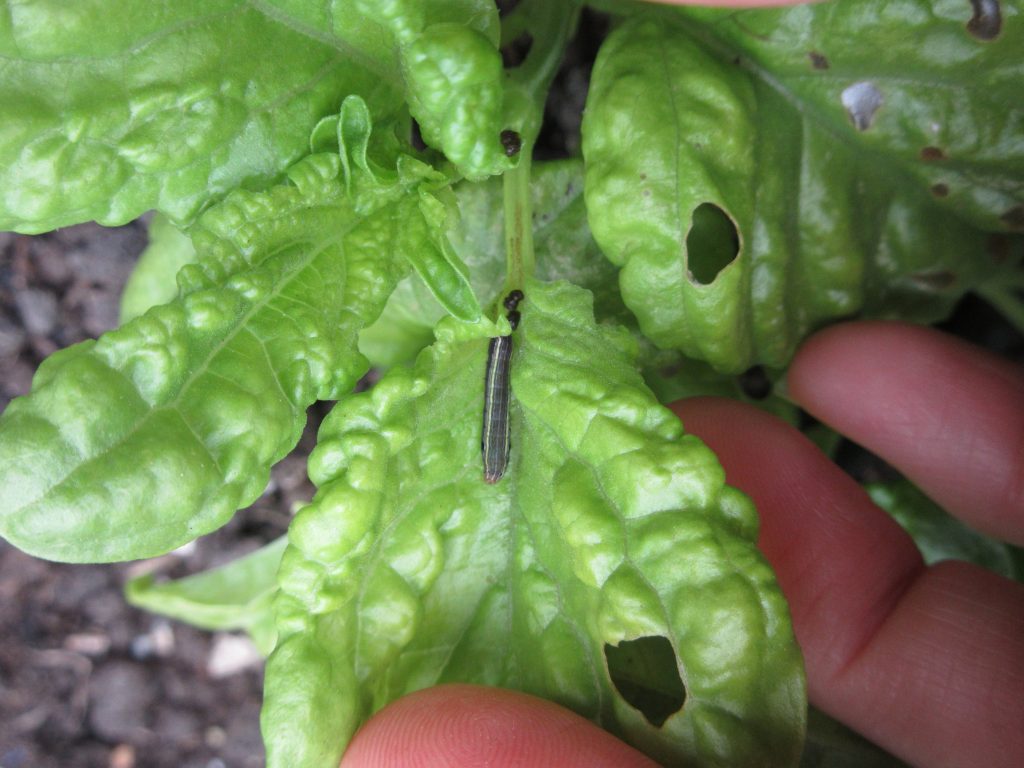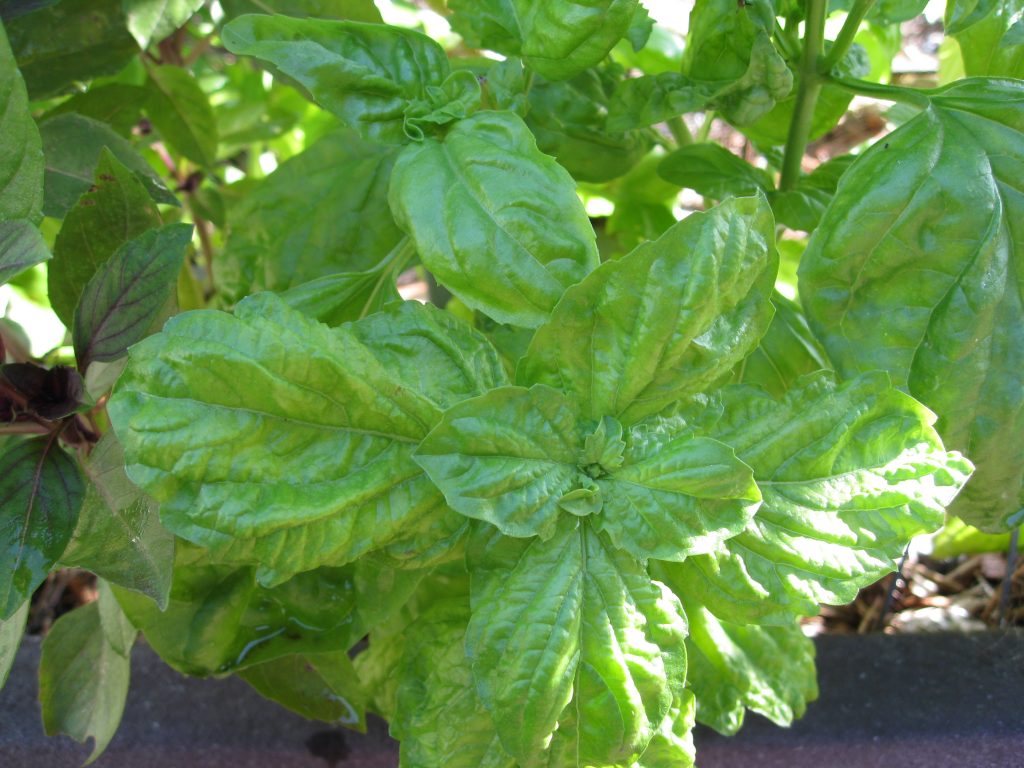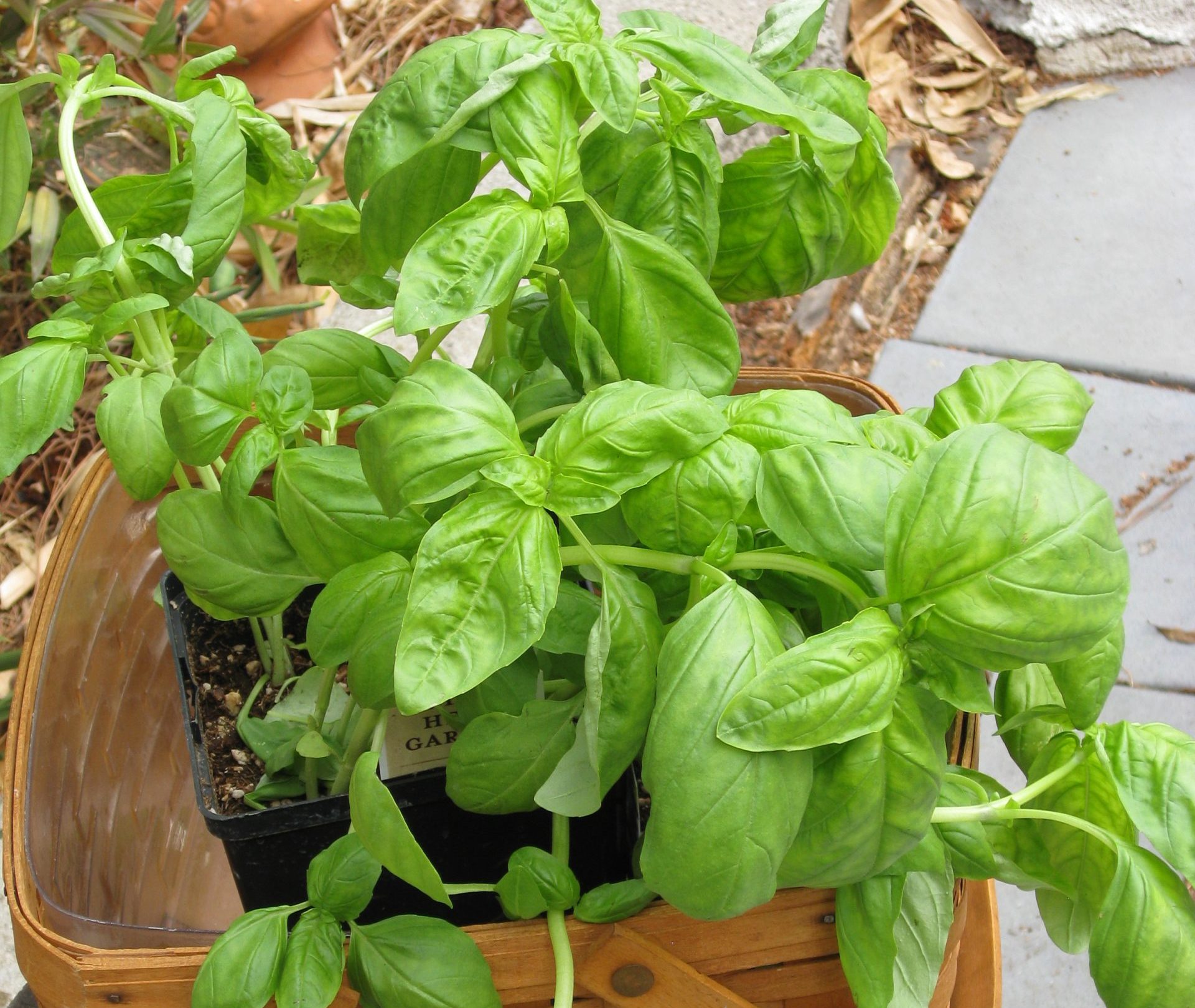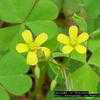We received this question from David Feldman came into Ask Gardenerd: “My basil has been doing great all spring and now that summer is here the leaves have lots of [holes] in them and some are half gone. What can I do about that?”
Without a photo, David, it can be hard to tell what’s eating your basil. But let’s look at the possibilities.

Pests Eat Basil
Armyworms (shown above) and other caterpillars nibble on basil leaves. They leave behind their dropping but can be hard to find at first. Check the undersides of leaves every few days, and the centers of each stem. They tend to go for the tender new growth first.
Grasshoppers can be a big problem in some gardens. The babies are the same color as leaves, making it hard to find them. They chomp on leaves, making holes in random locations across the leaf. Brush your basil leaves to knock loose any grass hoppers and consider covering plants with bird netting to protect them from grasshoppers.
Larger critters, such as rats, can also find basil appetizing. Again – bird netting (with stakes or hoops to keep the netting elevated above the plants) will help prevent these guys from snacking on your basil.
Other insects – some folks have carpenter ants that gnaw away at the leaves of plants and haul them home for a picnic. Make a visit out to your garden in the early morning or at night (headlamps are great for this) to find out if these insects are the culprits.

What do Do?
Hand picking
Most of the time, hand inspection of the tops and undersides of leaves will reveal the dastardly interloper. Hand picking often solves the problem. We don’t generally recommend insect sprays (even organic) for leafy things you plan to eat. So get up close with your basil and check for insects, then pull them off and squish them.
Physical Barriers
Bird netting (as mentioned above) or a summer weight floating row cover (AKA garden fabric) are a great way to keep flying and leaping insects from setting up residence on your basil. Garden fabric prevents moths and butterflies from laying eggs on plants as well. Remove the covers to inspect every once in awhile (critters have been known to get stuck inside and boy, do they go to town!).
Last Resort
If you are unable to keep the population under control with the above-mentioned tactics, the last resort is organic insect spray. There are broad spectrum insect sprays that target caterpillars and sucking insects, but keep in mind that they don’t discriminate between good and bad bugs. Some sprays are labeled as safe for beneficials, but not all. So do your homework and apply sparingly.

I hope you find this answer helpful in protecting your basil from future attack, David. Thanks for writing in!



